Install the app
How to install the app on iOS
Follow along with the video below to see how to install our site as a web app on your home screen.

Note: This feature currently requires accessing the site using the built-in Safari browser.
You are using an out of date browser. It may not display this or other websites correctly.
You should upgrade or use an alternative browser.
You should upgrade or use an alternative browser.
Turks with 10 - 25% Mongoloid admixture ( Turkish people autosomal DNA )
- Thread starter Gurka atla
- Start date
Ike
Regular Member
- Messages
- 1,128
- Reaction score
- 93
- Points
- 0
Craniological studies of samples from the Pazyryk burials revealed the presence of both Mongoloid and Caucasoid components in this population.[4] quoting G. F. Debets on the physical characteristics of the population in the Pazyryk kurgans, records a mixed population. The men would seem to be part Mongoloid and the women Europoid.[5]
Where is the border between Asiatic and Europid female mtDNA lines?
Gurka atla
Regular Member
- Messages
- 196
- Reaction score
- 28
- Points
- 0
According to the Dodecad K12 and K12b admixtures, there is only about 6% of Mongoloid admixtures among the Turks.
That is the average for instanbul and northern turkey but still you have some who are 12-15% Mongoloid other parts of Turkey are 10-15% Mongoloid on average.
According to the Dodecad K12 and K12b admixtures, there is only about 6% of Mongoloid admixtures among the Turks.
My thoughts also. Could it actually vary as much ad Gurk atla suggests? It must be spread very evenly considering that the admixture is between 1500 and 500 years old.
Alan
Elite member
- Messages
- 2,517
- Reaction score
- 450
- Points
- 0
- Ethnic group
- Kurdish
- Y-DNA haplogroup
- R1a1a1
- mtDNA haplogroup
- HV2a1 +G13708A
Turks with over 15% East Asian Genes are very rare. The average Turk has something around your 10%, some even less. But there are areas, for example Southwest and Central Turkey with almost 15%.
Udmurts are Uralic speakers and their genetic data and looks indicates a Caucasian origin. (~80-90%)
Udmurts are Uralic speakers and their genetic data and looks indicates a Caucasian origin. (~80-90%)
Gurka atla
Regular Member
- Messages
- 196
- Reaction score
- 28
- Points
- 0
My thoughts also. Could it actually vary as much ad Gurk atla suggests? It must be spread very evenly considering that the admixture is between 1500 and 500 years old.
Well I've talked with many who had their DNA sampled and 2 of them had between 20-25% Mongoloid admixture. Some part of Turkish province since to retained higher mongoloid admixture.
Gurka atla
Regular Member
- Messages
- 196
- Reaction score
- 28
- Points
- 0
Turks with over 15% East Asian Genes are very rare. The average Turk has something around your 10%, some even less. But there are areas, for example Southwest and Central Turkey with almost 15%.
Udmurts are Uralic speakers and their genetic data and looks indicates a Caucasian origin. (~80-90%)
15% is not rare compared to those with 17 - 25% Mongoloid admixture. Those are very rare although they exist individually.
Depends on what Uralic tribe. Some have 16%, some 20% and some 35%.
Alan
Elite member
- Messages
- 2,517
- Reaction score
- 450
- Points
- 0
- Ethnic group
- Kurdish
- Y-DNA haplogroup
- R1a1a1
- mtDNA haplogroup
- HV2a1 +G13708A
15% is not rare compared to those with 17 - 25% Mongoloid admixture. Those are very rare although they exist individually.
Depends on what Uralic tribe. Some have 16%, some 20% and some 35%.
Yes I said above 15% so 16-25%.
Most Uralic tribes have 10-20% but some can have higher. But the point is that Uralics generally have +70% Caucasian genes so a Caucasian origin makes sense.
Gurka atla
Regular Member
- Messages
- 196
- Reaction score
- 28
- Points
- 0
Yes I said above 15% so 16-25%.
Most Uralic tribes have 10-20% but some can have higher. But the point is that Uralics generally have +70% Caucasian genes so a Caucasian origin makes sense.
Udmurt have Mongoloid 35.1% on average
Alan
Elite member
- Messages
- 2,517
- Reaction score
- 450
- Points
- 0
- Ethnic group
- Kurdish
- Y-DNA haplogroup
- R1a1a1
- mtDNA haplogroup
- HV2a1 +G13708A
Interesting you have a link to this percentage?Udmurt have Mongoloid 35.1% on average
Gurka atla
Regular Member
- Messages
- 196
- Reaction score
- 28
- Points
- 0
Interesting you have a link to this percentage?
Udmurts
Sayomedic 29.6%
North Siberian 3.7%
East Siberian 1.8%
= 35.1%
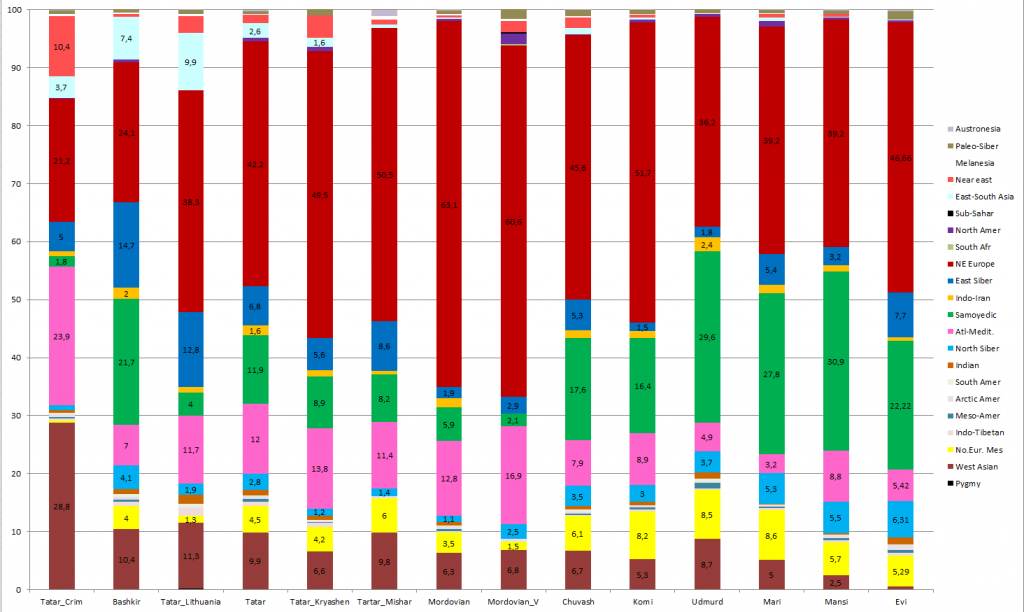
I believe these DNA can seen on their face

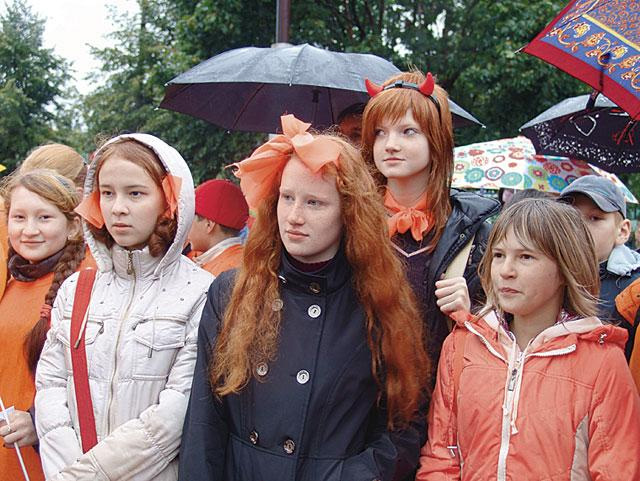
Alan
Elite member
- Messages
- 2,517
- Reaction score
- 450
- Points
- 0
- Ethnic group
- Kurdish
- Y-DNA haplogroup
- R1a1a1
- mtDNA haplogroup
- HV2a1 +G13708A
Udmurts
Sayomedic 29.6%
North Siberian 3.7%
East Siberian 1.8%
= 35.1%

I believe these DNA can seen on their face


Now the Question is, what is Sayomedic. I somehow doubt that it is entirely East Asian.
The photo below is anyhing but Asiatic looking. They could even pass as Irish.
Edit: As I thought Samoyedic component is not typical East Asian.
The People called Samoyed are Uralic speakers and the Uralic speakers themselves are taken as reference population.
And as we know Uralic speakers are far from being East Asian.
So 30% Samoyedic ≠ 30% East Asian.
Gurka atla
Regular Member
- Messages
- 196
- Reaction score
- 28
- Points
- 0
Now the Question is, what is Sayomedic. I somehow doubt that it is entirely East Asian.
The photo below is anyhing but Asiatic looking. They could even pass as Irish.
Edit: As I thought Samoyedic component is not typical East Asian.
The People called Samoyed are Uralic speakers and the Uralic speakers themselves are taken as reference population.
And as we know Uralic speakers are far from being East Asian.
So 30% Samoyedic ≠ 30% East Asian.
Nenets have 77% Samoyedic components and look extremely Mongoloid
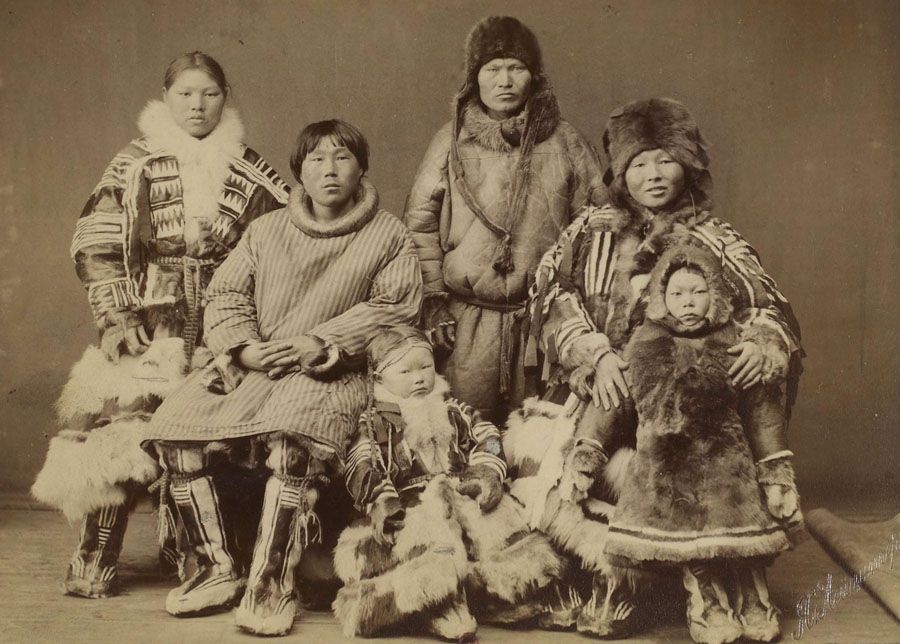
And among the ethnic groups on the graph I posted it shows that Mansi have the highest samoyedic components among all the western uralics, they are almost 40% Mongoloid. Some of them sometimes appears East Asian.

Gurka atla
Regular Member
- Messages
- 196
- Reaction score
- 28
- Points
- 0
I can also say the same for someone who is 25% Korean and 75% White, she can easily pass for Irish.

Now check out this famous Udmurt women


Now check out this famous Udmurt women

Alan
Elite member
- Messages
- 2,517
- Reaction score
- 450
- Points
- 0
- Ethnic group
- Kurdish
- Y-DNA haplogroup
- R1a1a1
- mtDNA haplogroup
- HV2a1 +G13708A
@Gurka Atla
No generally you can't say that a 25% East Asian and 75% West Eurasian turns Irish looking because most of the cases the Asian genes are more dominant in appearance. See Kazakhs or Uzbeks though being 50% West Eurasian they turn out looking very much East Asian on average.
So an individual case is not a proof of the opposite but on the photo of the Udmurts you posted all the visible individuals on the group photo could easily blend in Northwest Europe.
Even if the Sayomedic component was only 50% (most likely 75%) East Asian this would turn the people to look more Asian but than as a matter of fact the Nenets who are 77% of the "Sayomedic" component would most likely belong to 23% of other sorts of East Asian genes.
So even if we considered the Sayomedic component being 2/3 EA there is still 23% to add from various other East Asian genes which would end up being something around 80% East Asian in total for them. So their look is not surprising at all. But the Udmurts look by far too West Eurasian to be genetically more than 25% East Asian on average. Just my 2 Cents.
No generally you can't say that a 25% East Asian and 75% West Eurasian turns Irish looking because most of the cases the Asian genes are more dominant in appearance. See Kazakhs or Uzbeks though being 50% West Eurasian they turn out looking very much East Asian on average.
So an individual case is not a proof of the opposite but on the photo of the Udmurts you posted all the visible individuals on the group photo could easily blend in Northwest Europe.
Even if the Sayomedic component was only 50% (most likely 75%) East Asian this would turn the people to look more Asian but than as a matter of fact the Nenets who are 77% of the "Sayomedic" component would most likely belong to 23% of other sorts of East Asian genes.
So even if we considered the Sayomedic component being 2/3 EA there is still 23% to add from various other East Asian genes which would end up being something around 80% East Asian in total for them. So their look is not surprising at all. But the Udmurts look by far too West Eurasian to be genetically more than 25% East Asian on average. Just my 2 Cents.
Gurka atla
Regular Member
- Messages
- 196
- Reaction score
- 28
- Points
- 0
9/10 of 25% East Asian + 75% Caucasian always look like a Caucasian. Asian genes are only dominant when is a evenly 50/50 mix otherwise this won't be case.
Genetic of Turks
Kazakhs are genetically 70-75% East Asian/Siberian

Uzbeks are genetically 43- 46% East Asian/Siberian

Chuvash people are 20-25% East Asian/Siberian

Chuvash

50% are between 25% - 27% Mongoloid
2 samples: 27% Mongoloid
3 Samples: 26% Mongoloid
3 Samples: 25.5% Mongoloid
1 Sample: 25% Mongoloid
-----------
38.88% are between 21% Mongoloid to 24.8% Mongoloid
1 Sample: 24.8% Mongoloid
1 Sample: 24% Mongoloid
1 Sample: 23.5% Mongoloid
3 Sample: 22% Mongoloid
1 sample: 21% Mongoloid
-------------
5.55% are 6% Mongoloid
1 Sample: 6% Mongoloid
Chuvash people ( not sure if these ones are pure, someone from the forum said intermarriage with Russians )

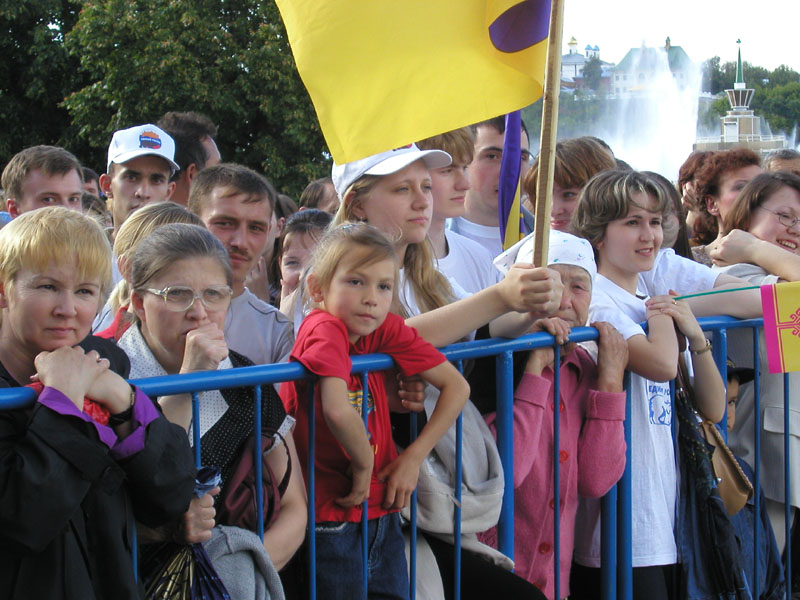
Some Chuvash do look more Mongoloid.
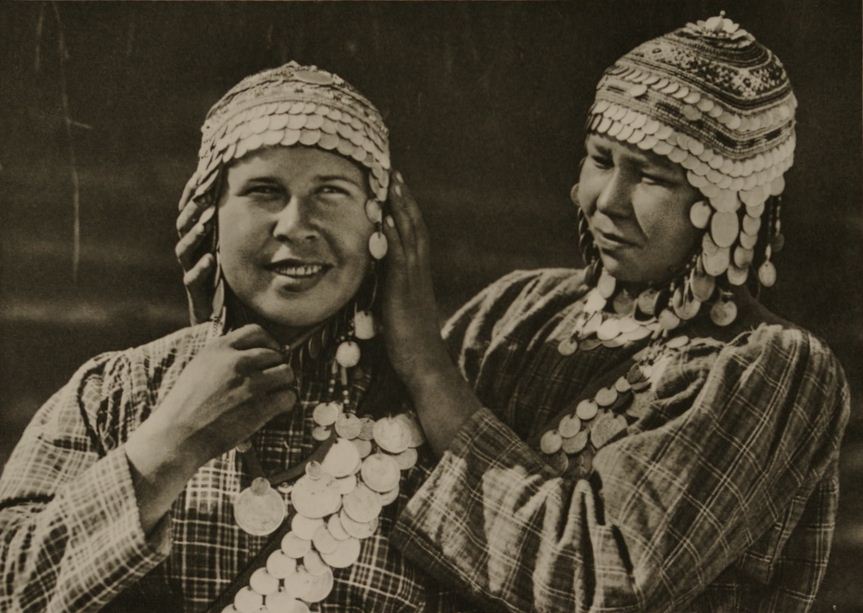
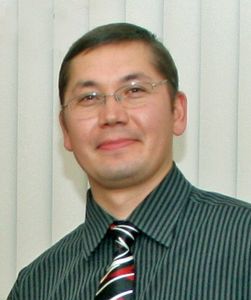



Genetic of Turks
Kazakhs are genetically 70-75% East Asian/Siberian

Uzbeks are genetically 43- 46% East Asian/Siberian

Chuvash people are 20-25% East Asian/Siberian

Chuvash

50% are between 25% - 27% Mongoloid
2 samples: 27% Mongoloid
3 Samples: 26% Mongoloid
3 Samples: 25.5% Mongoloid
1 Sample: 25% Mongoloid
-----------
38.88% are between 21% Mongoloid to 24.8% Mongoloid
1 Sample: 24.8% Mongoloid
1 Sample: 24% Mongoloid
1 Sample: 23.5% Mongoloid
3 Sample: 22% Mongoloid
1 sample: 21% Mongoloid
-------------
5.55% are 6% Mongoloid
1 Sample: 6% Mongoloid
Chuvash people ( not sure if these ones are pure, someone from the forum said intermarriage with Russians )

Some Chuvash do look more Mongoloid.




Gurka atla
Regular Member
- Messages
- 196
- Reaction score
- 28
- Points
- 0
Kazakhs can range from 60 - 82% East Asian/Siberian but on average they are 70-75% East Asian/Siberian

While Uzbeks can range from 27 to 56% East Asian/Siberian but the average is 40-45% East Asian/Siberian.

It's not like 35% East Asian/Siberian can make the majority of Uralic to look more East Asian. East Asian appearance are only dominant when there is a 50/50 equivalent mixed however even that doesn't stop many Eurasians in America or Canadia who are 50% Mongoloid from looking like this.
Mike shinoda, Japanese father and American mother

Rachel Chung, 3/4 Chinese father and British mother

Julian Kang, Korean father and Canadian mother

Chuvash

50% are between 25% - 27% Mongoloid
2 samples: 27% Mongoloid
3 Samples: 26% Mongoloid
3 Samples: 25.5% Mongoloid
1 Sample: 25% Mongoloid
-----------
38.88% are between 21% Mongoloid to 24.8% Mongoloid
1 Sample: 24.8% Mongoloid
1 Sample: 24% Mongoloid
1 Sample: 23.5% Mongoloid
3 Sample: 22% Mongoloid
1 sample: 21% Mongoloid
-------------
5.55% are 6% Mongoloid
1 Sample: 6% Mongoloid
Chuvash people ( not sure if these ones are pure, someone from the forum said intermarriage with Russians )

Some Chuvash do look more Mongoloid.




While Uzbeks can range from 27 to 56% East Asian/Siberian but the average is 40-45% East Asian/Siberian.

It's not like 35% East Asian/Siberian can make the majority of Uralic to look more East Asian. East Asian appearance are only dominant when there is a 50/50 equivalent mixed however even that doesn't stop many Eurasians in America or Canadia who are 50% Mongoloid from looking like this.
Mike shinoda, Japanese father and American mother

Rachel Chung, 3/4 Chinese father and British mother

Julian Kang, Korean father and Canadian mother

Chuvash

50% are between 25% - 27% Mongoloid
2 samples: 27% Mongoloid
3 Samples: 26% Mongoloid
3 Samples: 25.5% Mongoloid
1 Sample: 25% Mongoloid
-----------
38.88% are between 21% Mongoloid to 24.8% Mongoloid
1 Sample: 24.8% Mongoloid
1 Sample: 24% Mongoloid
1 Sample: 23.5% Mongoloid
3 Sample: 22% Mongoloid
1 sample: 21% Mongoloid
-------------
5.55% are 6% Mongoloid
1 Sample: 6% Mongoloid
Chuvash people ( not sure if these ones are pure, someone from the forum said intermarriage with Russians )

Some Chuvash do look more Mongoloid.


Gurka atla
Regular Member
- Messages
- 196
- Reaction score
- 28
- Points
- 0
I don't agree that every Udmurt can pass for European






The Siberian admixture is small in West Finns and Estonians, and largely missing in Veps and Latvians, who descend from Uralic-speaking peoples (Livonian in the case of Latvians). We also know from linguistics that early Uralics had close contacts with proto-Indo-Europeans, of which very few groups today show Siberian admixture. All this would lead me to believe that the original Uralic people were at least mostly Caucasoid, and that the Siberian admixture has come later.
At least in the case of Finns, it is a fairly accepted theory that the 6% Siberian admixture came from the proto-Saamis, who had in turn picked it up from a Siberian people. Finnish Saami have about 10-15% Siberian admixture.
Of course, Finnic peoples living close to the Volga urheimat have more Siberian admixture, so the original people may have been close to modern Mordvins.
This sets Uralics apart from Turks. While Turks descend from a mostly mongoloid population which has been diluted among Caucasoid, the reverse is true for Uralics.
At least in the case of Finns, it is a fairly accepted theory that the 6% Siberian admixture came from the proto-Saamis, who had in turn picked it up from a Siberian people. Finnish Saami have about 10-15% Siberian admixture.
Of course, Finnic peoples living close to the Volga urheimat have more Siberian admixture, so the original people may have been close to modern Mordvins.
This sets Uralics apart from Turks. While Turks descend from a mostly mongoloid population which has been diluted among Caucasoid, the reverse is true for Uralics.
Gurka atla
Regular Member
- Messages
- 196
- Reaction score
- 28
- Points
- 0
The Siberian admixture is small in West Finns and Estonians, and largely missing in Veps and Latvians, who descend from Uralic-speaking peoples (Livonian in the case of Latvians). We also know from linguistics that early Uralics had close contacts with proto-Indo-Europeans, of which very few groups today show Siberian admixture. All this would lead me to believe that the original Uralic people were at least mostly Caucasoid, and that the Siberian admixture has come later.
Russians claim this what what the original Uralic look like from 6000 BC

Later Uralic expanded to the western part siberia and mixed with some Dnieper culture
And in 2000 BC they became predominately Caucasoid with some Mongoloid admixture
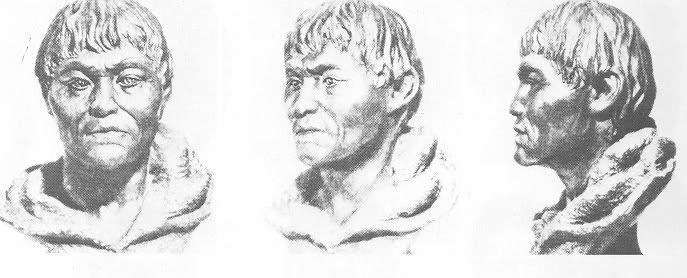

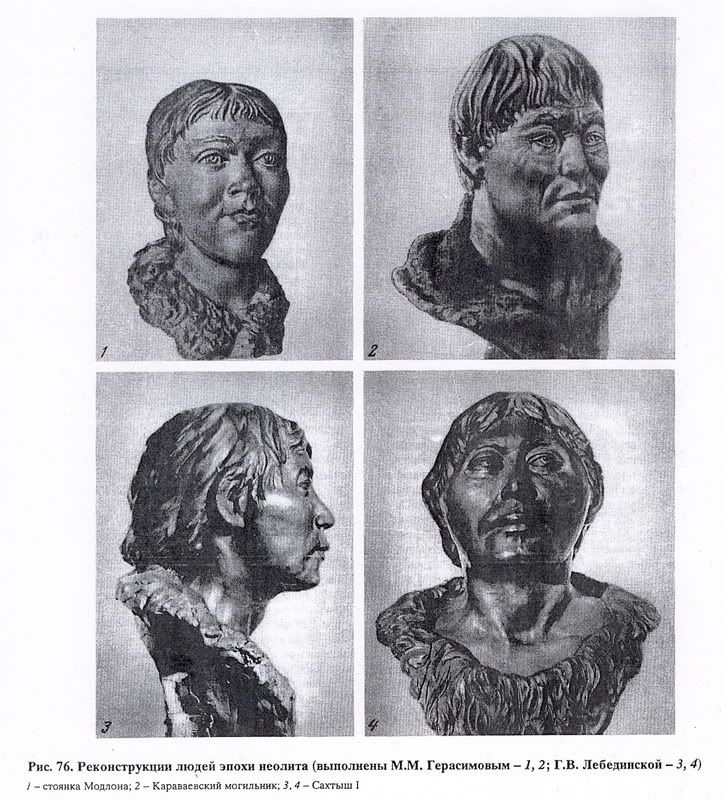
At least in the case of Finns, it is a fairly accepted theory that the 6% Siberian admixture came from the proto-Saamis, who had in turn picked it up from a Siberian people. Finnish Saami have about 10-15% Siberian admixture.
Of course, Finnic peoples living close to the Volga urheimat have more Siberian admixture, so the original people may have been close to modern Mordvins.
This sets Uralics apart from Turks. While Turks descend from a mostly mongoloid population which has been diluted among Caucasoid, the reverse is true for Uralics.
Finns have 6.15% Siberian/Mongoloid admixture on average, another study with 9.3% and with some samples having 12.5% Siberian admixture. The Saami have 6-8% Siberian/Mongoloid admixture with some having from 12% to 16.5%
In less than 7 generation A Finnish Mongoloid blood can disappear with less than 1%
1 generation 50%
2 generation 25%
3 generation 12.5%
4 generation 6.25%
5 generation 3.12%
6 generation 1.66%
7 generation 0.75%
This thread has been viewed 227429 times.
